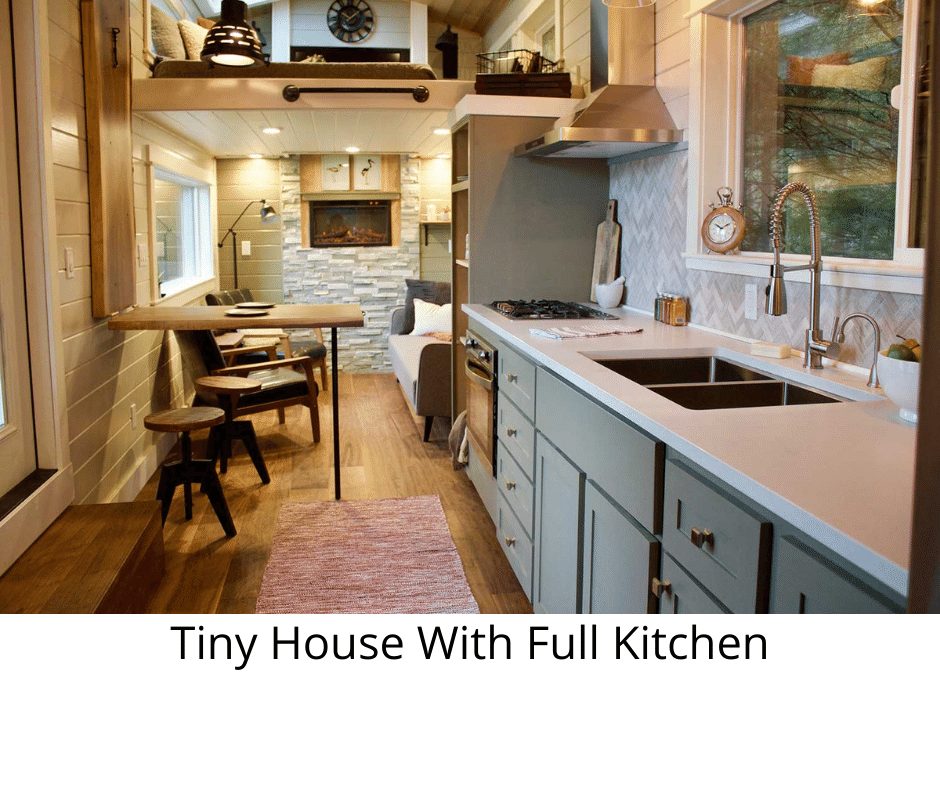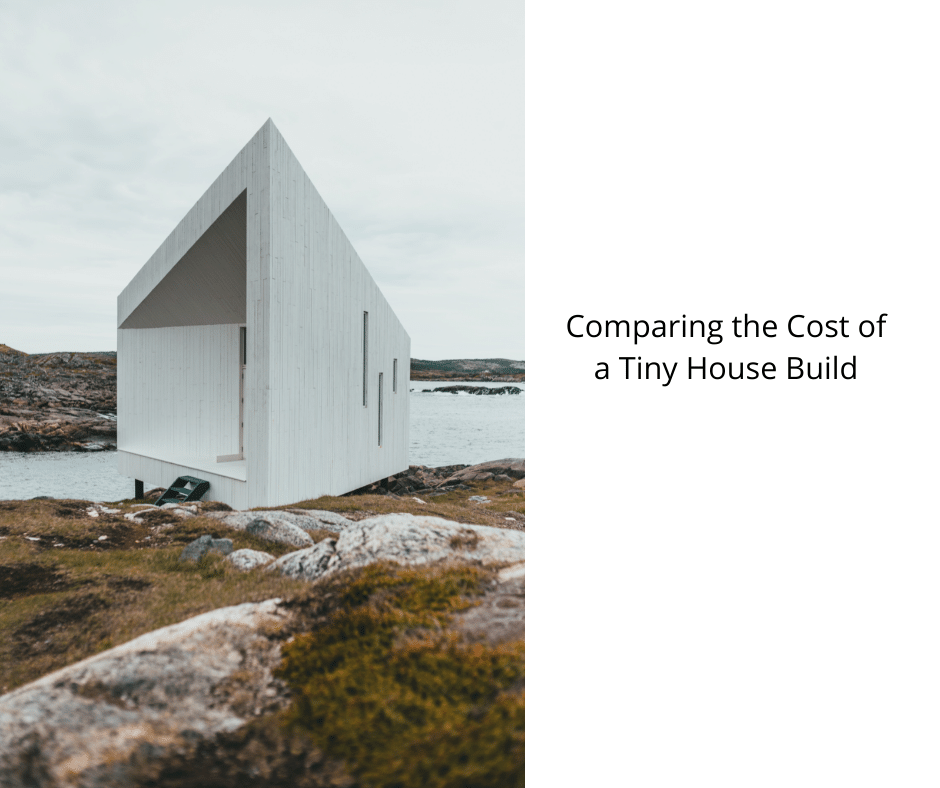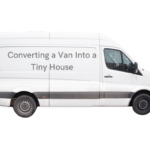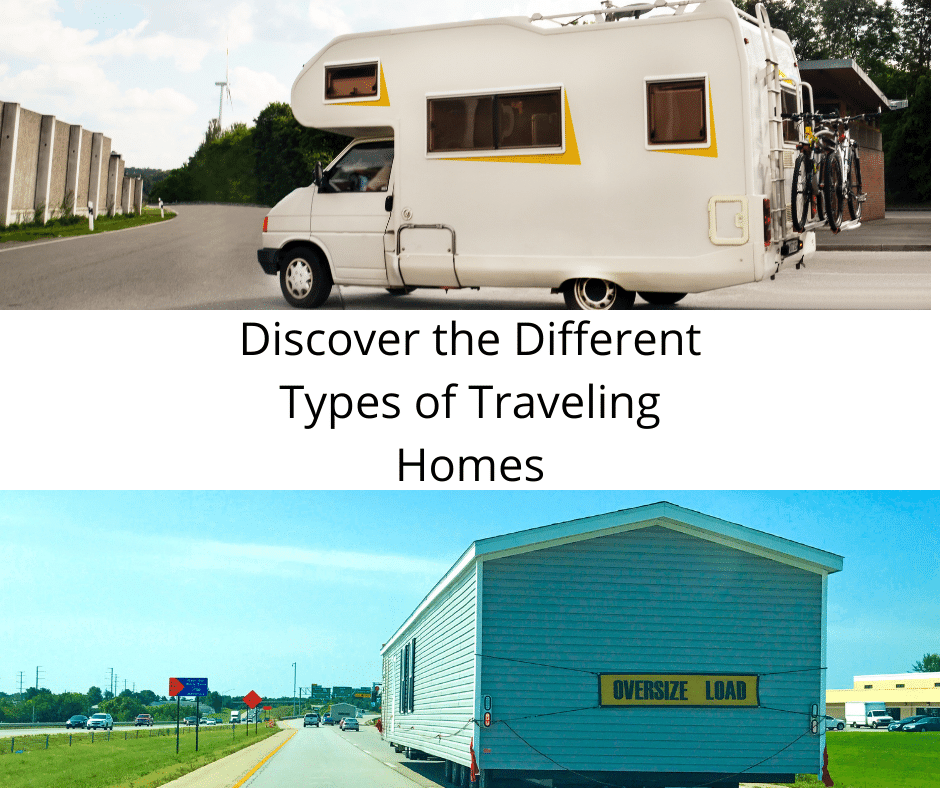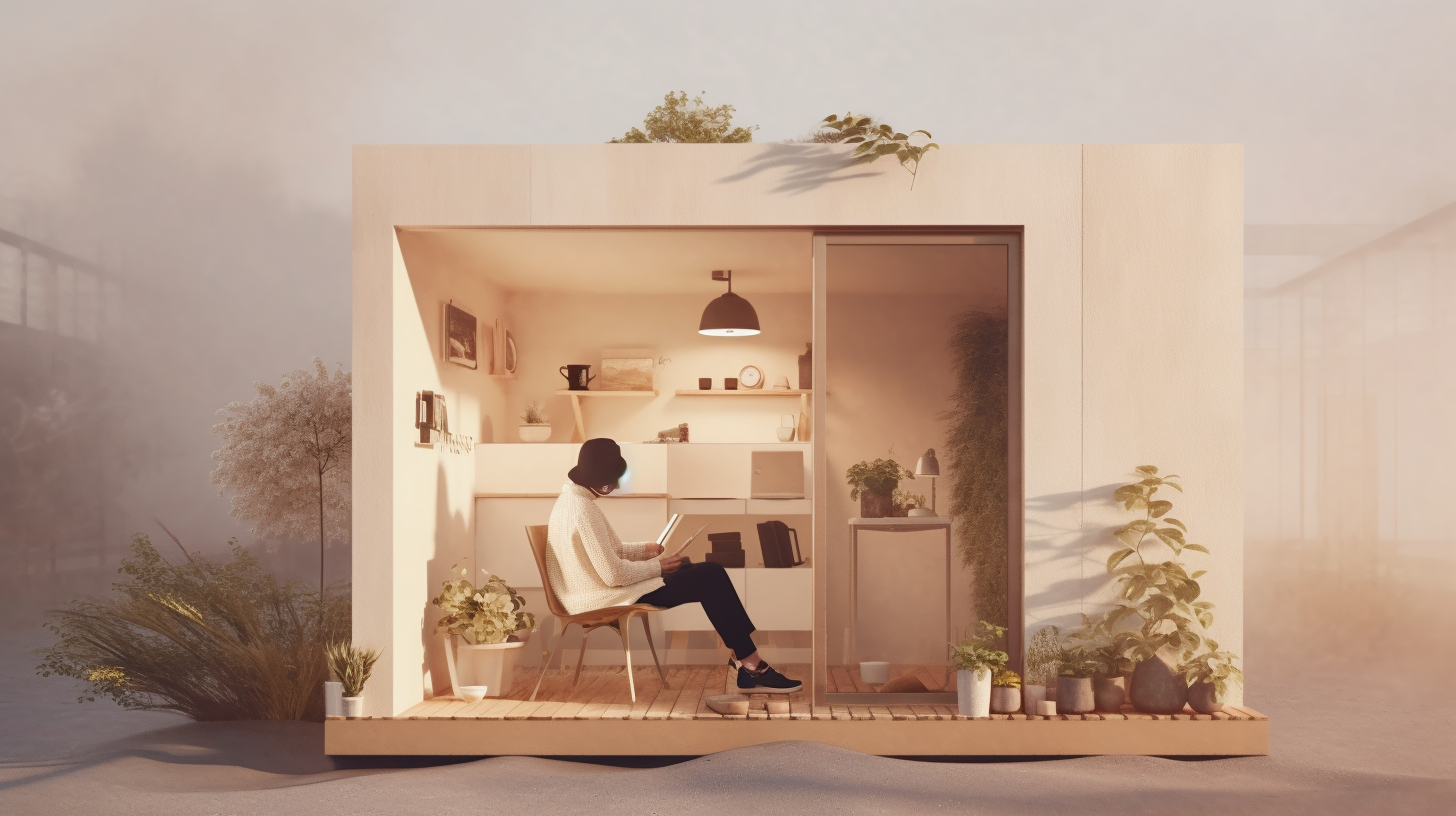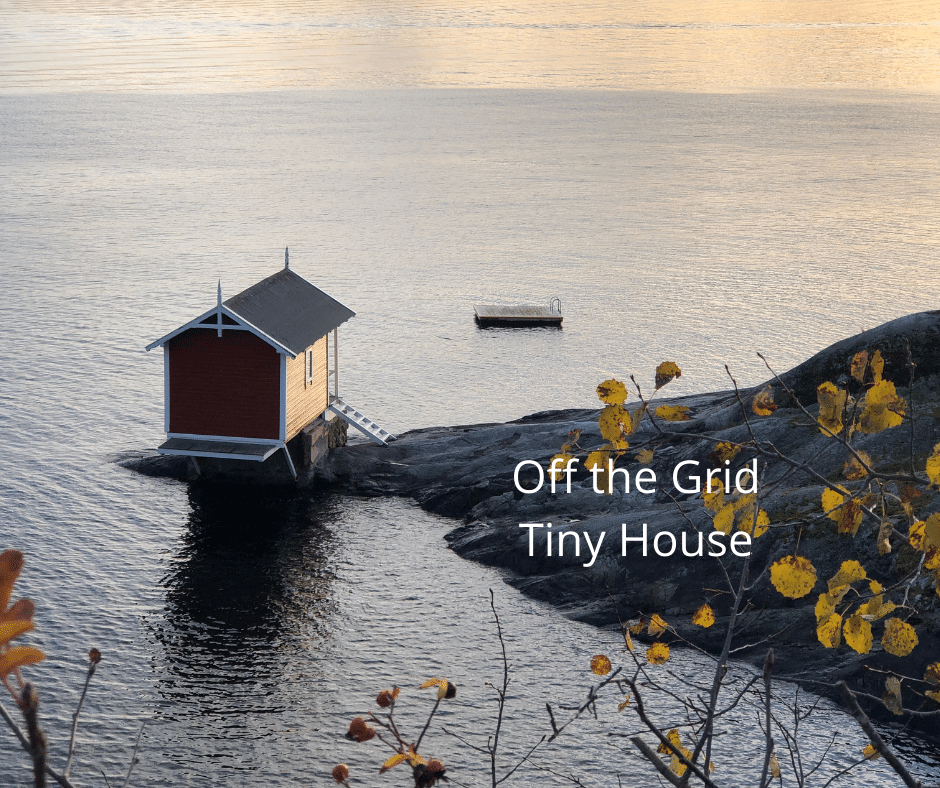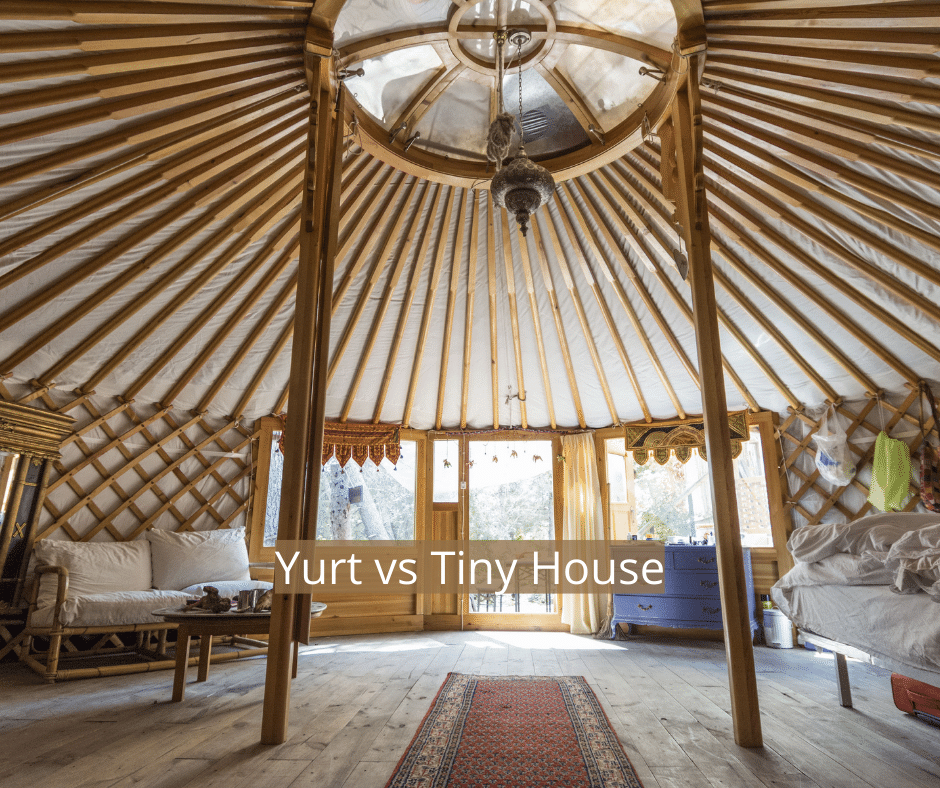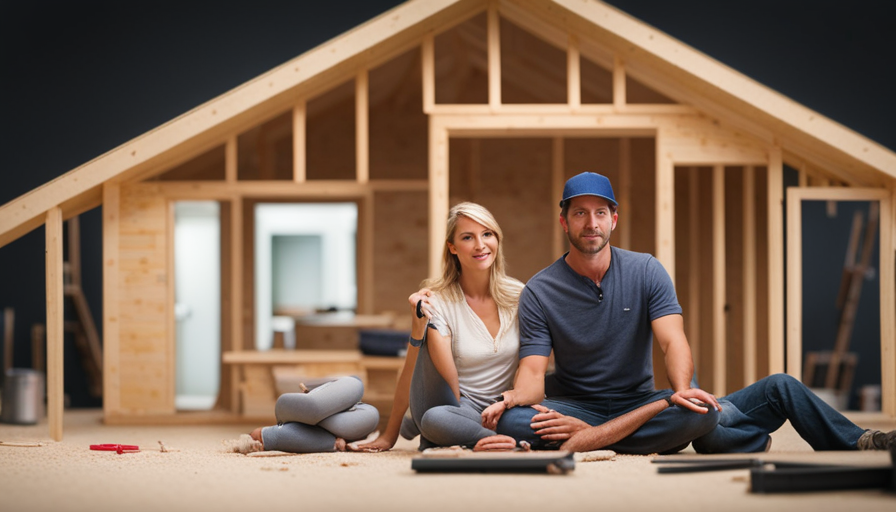Many tiny home builders are working hard to replicate the feel of a traditional kitchen. A tiny home with a fully-equipped kitchen can have a very impressive layout. These models can fit full-sized appliances and plenty of storage space. Typically, the kitchen is located at one end of the house. The Alpha model by New Frontiers is a perfect example of this idea, with the kitchen placed at the far end, providing ample space for all essential appliances and storage needs.
Design of A Tiny House with Full Kitchen
Many tiny house builders are now trying to recreate the traditional feel of a kitchen. These designs have full-sized appliances and plenty of storage. They are also more open and have a separate living room. In this tiny house, the kitchen is located at the far end of the home. This gives it a more spacious and airy feel. The space is perfect for a queen or double bed. The tiny house is also designed with a full bathroom.
The kitchen in a tiny house must be functional and appealing. It may not be included in the floor plan, but you should choose a color that ties in with the rest of the home. It could be the same color as the rest of the house or a different color altogether. The colors in a kitchen should complement the decor in the house and match the style you want to achieve. A little bit of creativity and experimentation can go a long way when designing the kitchen space.
There are many ideas for the kitchen in a tiny house. One option is to use a long countertop that doubles as a dining table. This arrangement works great for three or four people, eliminating the need for a separate dining room. If you plan to use the kitchen for cooking, consider using stainless steel appliances, which give the room a clutter-free look and are easy to maintain. This is a great option for the kitchen of a tiny house.
The kitchen in a tiny house is a significant room for the owner. Its design is highly personal and will depend on the needs of the individual. Whether you are planning to live in the house full time or just for weekends, the kitchen is the hub of activity in a tiny house. To make the kitchen space as functional as possible, consider the following five areas: storage, power source, sinks, and multi-functional furnishings.
Size of A Normal Tiny House Kitchen
When designing the kitchen in a tiny house, you need to consider your family’s needs and preferences. For example, you may have a dining or seating area around a counter. You will also need to consider the type of appliances you want. Many tiny house owners will skip power-draining appliances such as refrigerators, ovens, and dishwashers, as they do not always make the best use of energy. Some may even do without microwaves, toasters, and food processors.
The size of a normal tiny house kitchen should be between 70 and 80 square feet, with the right type of appliances and counter space. The size of a kitchen cabinet is typically about 18 inches in height and 24 inches in depth. This is small, but it can be used effectively. You can install a breakfast bar or kitchen cabinets in the living room to maximize your space. Make sure to avoid large open cabinets to maximize the amount of space you have.
Another essential factor to consider when building a tiny house is zoning regulations and building codes. Zoning laws vary by state and locality, so it’s important to check local regulations before you start building. You also need to consider safety when it comes to small homes, so it’s best to check the regulations for the area where you’re building. It’s essential to ensure that you don’t end up with a disaster, especially if you don’t plan ahead.
Small kitchens often don’t have adequate storage space, so you should consider tall kitchen cabinets. Typically, tall kitchen cabinets are 84 inches high but can also be built to the ceiling. This means that you’ll have more storage space than you think possible. But, it’s also important to remember that these cabinets are often higher than standard cabinets. You can also opt for custom cabinetry, which is often larger than average kitchens.
Appliances that Can Be Used in A Tiny House Kitchen
Many appliances can be used in a tiny house. One example is the countertop dishwasher. You can also use this appliance to wash dishes or prepare meals. Other multipurpose appliances can be found in the kitchen. These include air fryers, pressure cookers, hand blenders, and breakfast stations. These appliances are great for tiny kitchens because they are versatile and do not require too much space. The space in a tiny house kitchen is limited, and you need to find appliances that can do multiple tasks.
There are many types of refrigerators available in the market. You can mount them on the wall or place them under the countertop. You can also choose the one with an LCD for easy reading. These appliances can also be used in a tiny house as a coffee maker or a grill. If you don’t have the space to install a full oven in the kitchen, you can still install a mini-fridge.
There are many other appliances that you can use in a tiny house. If you plan to move house often, you can use energy-efficient models. This will help you save on energy and reduce the costs of moving house. Another option is to have an outdoor kitchen. These appliances don’t emit strong odors, and they can also save space. These are essential items in any kitchen.
Choosing the right appliances for your kitchen is important because it will affect the house’s overall design. You need to consider the size of your tiny house before purchasing these appliances. Some appliances are better than others, and others are simply too big. The choice of appliances is up to you, depending on how much space you have and how much functionality you need. A kitchen with limited space can be uncomfortable. A small refrigerator can also be too bulky.
Storage Options in A Tiny House Kitchen
There are a few ways to maximize storage space in a tiny house kitchen. First, you can use the wall space, which in a tiny house kitchen is often underutilized. Consider using magnetic strips to hang kitchen utensils and an island to give yourself more counter space. You can also opt for a hollow island that has additional storage space. A small kitchen can be functional while minimizing the clutter in the area.
A pullout spice rack is a great way to easily access spices and other kitchen essentials. A narrow rack on wheels can double as a pantry for dry goods. You can also install toe-kick drawers between the cabinets and the floor to make the most of the space. Also, you can use behind-the-door storage to declutter the space in a tiny house. If you want to install more drawers, you can opt for custom-made shelves and drawer dividers.
For those with limited space, you can make use of pegboards. These pegboards can create open shelves in your tiny house kitchen. You can also use them to store items outside the kitchen, like books, magazines, and towels. If you don’t have much space in the kitchen, you can hang pegboards as a decorative accent and to store desk supplies and jewelry. They also give you more room on the floor.
Consider using floating shelves to maximize the space in your tiny house kitchen. These will not only give you more storage but will also add light to the room. You can also use ceramic or glass jars to store various kitchen tools. Alternatively, you can hang rods and hooks to hold frequently used kitchenware. Shiny stainless steel or glass shelves add a chic look to your tiny house kitchen. When you’re preparing meals in a tiny house, you’ll want to use kitchen appliances that are small enough to be easily accessible.
Cost of A Tiny House Kitchen
A tiny house’s cost is significantly lower than a full-size home. Because tiny homes are so small, they do not require many decorative pieces and don’t need as much maintenance. The cost of repair and maintenance is much lower than that of a full-sized home, but the quality of the original materials and workmanship will influence the total cost. A tiny house’s kitchen is a central area for entertaining and socializing and should be designed to meet the needs of those living there.
The standard depth of a kitchen cabinet is 24 inches (60 cm). However, this depth can be too deep for a tiny house. Therefore, many small house homeowners opt for 18″ or 21″ deep cabinets and cut away the backs. Unfinished cabinets can be easily installed and come in a variety of sizes. They also require less maintenance and can be more affordable than finished cabinets. While a tiny house kitchen may be limited, it is still important to include basic cabinets to maximize storage space.
A tiny house kitchen can cost as little as a couple of thousand dollars. A fully equipped kitchen can cost anywhere from $23,000 to $10,000. However, if you are looking for a luxury kitchen with a lot of bells and whistles, you can easily spend more than a thousand dollars. This can be the case if you are a person with costly tastes and cannot do it yourself.
Hi, I’m Emma. I’m the Editor in Chief of Tiny House 43, a blog all about tiny houses. While tree houses are often associated with childhood, they can be the perfect adult retreat. They offer a cozy space to relax and unwind, surrounded by nature. And since they’re typically built on stilts or raised platforms, they offer stunning views that traditional homes simply can’t match. If you’re looking for a unique and romantic getaway, a tree house tiny house might just be the perfect option.
